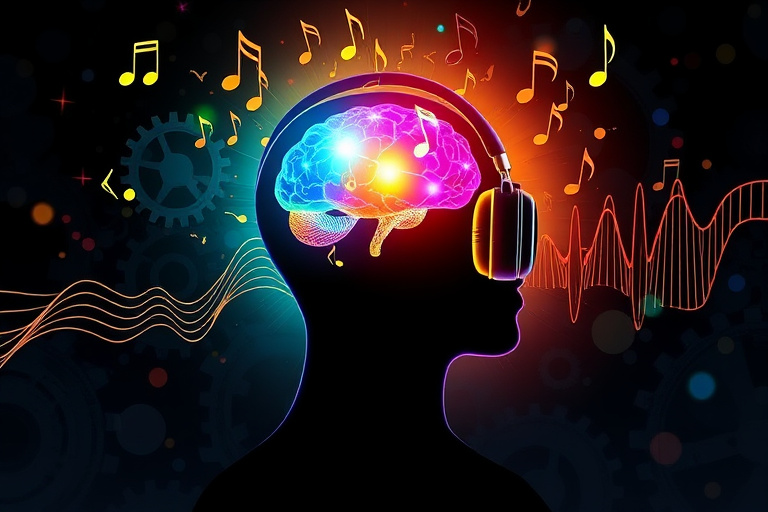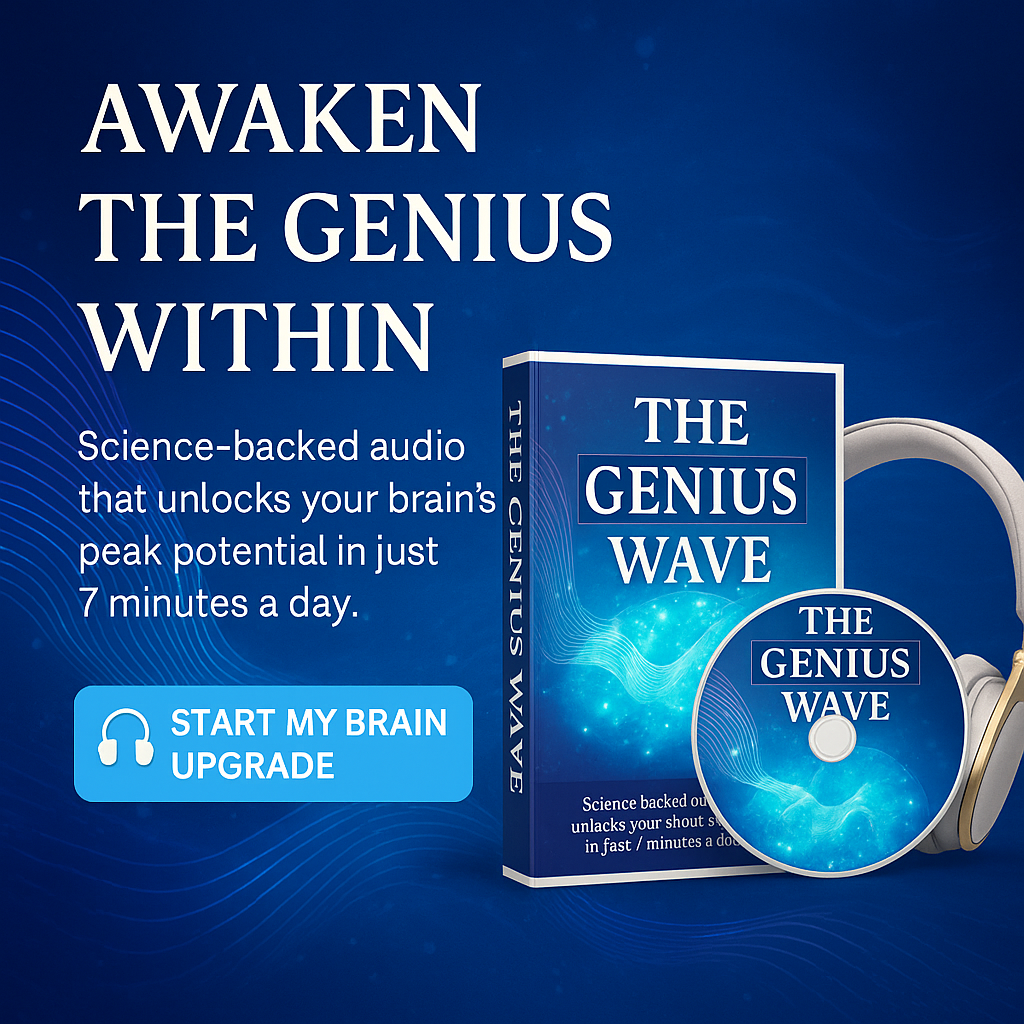Genius Wave Binaural Beats vs Isochronic Tones: Which Technique Better Enhances Your Intelligence?
Introduction: Understanding the “Genius Wave” and Audio Brainwave Stimulation
The term “genius wave” often refers to specific brainwave patterns associated with heightened cognitive abilities, creativity, and insight. This concept has gained popularity in the realm of mental enhancement, with many seeking ways to induce these optimal states. Among the various methods, auditory stimulation techniques such as binaural beats and isochronic tones are widely used to influence brainwaves. These techniques aim to entrain the brain into desired frequency ranges that support learning, focus, and mental clarity.
Choosing evidence-based methods is crucial for effective cognitive enhancement. While anecdotal reports abound, understanding the scientific basis behind these techniques helps users make informed decisions about their mental training routines.
What Are Binaural Beats and Isochronic Tones? A Scientific Comparison
Binaural beats involve playing two slightly different frequencies separately into each ear via stereo headphones. The brain perceives a third tone, which is the mathematical difference between the two frequencies. This perceived beat can entrain brainwaves to specific frequencies associated with various mental states.
Isochronic tones, on the other hand, consist of single tones that turn on and off at regular intervals, creating a pulsed sound pattern. Unlike binaural beats, they do not require stereo headphones and deliver a rhythmic, pulsed stimulus directly to the brain, which can also promote brainwave entrainment.
The key differences lie in delivery: binaural beats rely on stereo separation to produce the beat, while isochronic tones use a single, pulsed tone. Both methods target different brainwave states, such as gamma (linked to high-level cognition), theta (associated with creativity and insight), alpha (relaxation and focus), and beta (alertness and active thinking).
Scientific Evidence Supporting Auditory Brainwave Stimulation for Cognitive Enhancement
Recent research suggests that binaural beats can improve focus, memory, and problem-solving skills. For example, some studies have shown that listening to binaural beats in the gamma range (around 40 Hz) may enhance cognitive processing and mental clarity.
Similarly, studies on isochronic tones indicate they can effectively induce mental states conducive to learning and creativity. For instance, theta and alpha frequencies delivered through isochronic tones have been linked to increased relaxation, insight, and mental flexibility.
While both methods show promise, the scientific community emphasizes that results can vary among individuals, and more rigorous research is needed to establish definitive claims. Nonetheless, existing evidence supports the potential of auditory brainwave stimulation as a complementary tool for cognitive enhancement.
For a deeper understanding of how these techniques can influence your mental state, you might explore why the genius wave mood relaxation audio boosts focus reduces stress.
How Binaural Beats and Isochronic Tones Differ in Inducing High-Performance Brain States
Neuroscientific insights reveal that both methods can influence brainwave entrainment, but their mechanisms differ. Binaural beats require stereo headphones to deliver separate frequencies to each ear, creating a perceived beat that can synchronize brain activity. Isochronic tones, being pulsed sounds, can be effective even with standard speakers and often produce a more immediate entrainment response.
Both techniques can target gamma waves, which are associated with high alertness and rapid cognitive processing. However, some evidence suggests that binaural beats may produce more subtle, sustained entrainment, while isochronic tones might induce faster shifts into desired states.
For fostering creativity and insight, theta or alpha stimulation is often employed. The choice between the two methods may depend on personal preference and specific goals, as some users find isochronic tones more effective for quick mental shifts, whereas binaural beats may support longer, more relaxed sessions.
Practical Considerations: Which Technique Is More User-Friendly and Accessible?
In terms of ease of use, isochronic tones are generally more straightforward—they do not require stereo headphones and are compatible with a variety of devices. Binaural beats, however, necessitate headphones for proper delivery, which might be less convenient in certain environments.
Both methods are widely available through numerous apps and online platforms, offering customizable tracks tailored to different frequencies and durations. Beginners might prefer isochronic tones for their simplicity, while experienced users may appreciate the nuanced effects binaural beats can provide.
When selecting a technique, consider your environment: if you need to focus during work or study, the convenience of isochronic tones might be advantageous. For meditation or deep focus sessions, binaural beats can offer a more immersive experience.
Safety, Side Effects, and Potential Risks of Brainwave Entrainment Methods
Scientific consensus indicates that both binaural beats and isochronic tones are generally safe for most users when used appropriately. However, individuals with neurological conditions, such as epilepsy or susceptibility to seizures, should exercise caution and consult a healthcare professional before engaging in brainwave entrainment practices.
Some users may experience mild side effects like headaches, dizziness, or discomfort if listening at high volumes or for extended periods. To maximize safety, it is recommended to start with short sessions, avoid listening while driving or operating heavy machinery, and pay attention to your body’s responses.
Following best practices ensures a safe and effective experience with auditory brainwave stimulation.
Final Thoughts: Choosing the Right Method to Unlock Your Cognitive Potential
Both binaural beats and isochronic tones have scientific backing and can be effective tools for enhancing mental performance. The main differences lie in their delivery methods, speed of inducing desired states, and user preferences. Ultimately, selecting the most suitable approach depends on your personal goals, environment, and comfort with each technique.
Adopting a mindful, research-informed approach to using auditory stimulation can help you harness its full potential. Experimenting with different frequencies and methods, while paying attention to your responses, will guide you toward the most effective strategy for your cognitive development.
References & Further Reading
For a deeper dive into the science and practical applications of brainwave entrainment, consider exploring credible resources and scientific studies that shed light on these fascinating techniques.




